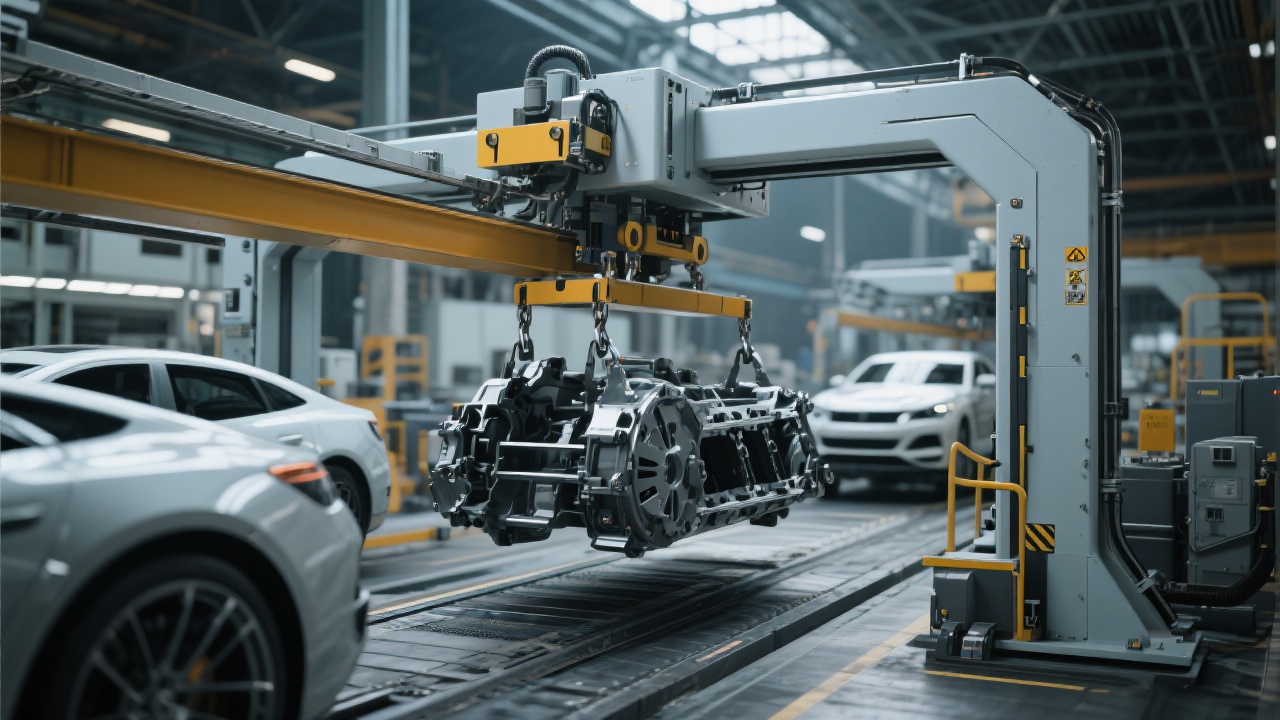In the fast-evolving domain of warehouse logistics, automation is a critical enabler for operational excellence. This detailed case study explores how the integration of an automated sheet stack crane has revolutionized handling and storage processes, delivering measurable productivity gains and strategic benefits for manufacturing and distribution enterprises.
The deployed sheet stack crane features a high-strength structural framework engineered to withstand heavy loads and continuous operation. Constructed from advanced steel alloys and optimized through finite element analysis (FEA), the crane achieves exceptional durability and stability, effectively reducing downtime caused by mechanical fatigue.
This robust build supports rapid acceleration and deceleration cycles, enabling faster stacking or retrieval of steel sheets or panels without compromising operator safety or equipment integrity.
Utilizing a combination of electric motor drives including servo and variable frequency drives (VFD), the crane offers precise speed control and positioning accuracy. This flexibility supports diverse operational scenarios, from delicate thin-sheet handling to bulky plate transport.
The exclusive clamping system incorporated applies adjustable pressure to securely grip sheets of varying thickness and surface finish, preventing slippage or damage during movement. Feedback sensors integrated into the clamp continually monitor force distribution for quality assurance.
| Metric | Before Automation | After Automation | Improvement |
|---|---|---|---|
| Handling Speed (s/sheet) | 45 | 22 | 51% Faster |
| Operational Accuracy (%) | 87.5 | 98.3 | +10.8% |
| Labor Cost Reduction (%) | N/A | 38 | -38% |
Central to the automation success is the integration of a state-of-the-art intelligent control system. Featuring PLC-based automation combined with real-time data analytics, the system dynamically schedules crane operations to optimize throughput while minimizing wait times and energy consumption.
Safety protocols are embedded to detect anomalies and halt operations preemptively, significantly reducing risk to personnel and cargo. Remote monitoring capabilities further empower managers with actionable insights into resource allocation and maintenance planning.

By accelerating stacking precision and speed, the automated crane enables tighter stacking configurations, increasing storage density by up to 20%. This spatial optimization translates to lower space requisites per inventory unit and reduces capital tied up in warehousing.
The improved material flow stability enhances supply chain responsiveness, empowering businesses to meet fluctuating customer demands with agility and predictability. Companies reported a 15% increase in order fulfillment rate post-implementation.

A leading metal fabricator integrated this automated sheet stack crane into their production line. Following deployment, they observed:
This case validates the potential of automated material handling equipment to transform warehousing into a competitive advantage.

As supply chains become more complex, embracing automation with specialized equipment like the sheet stack crane is no longer optional but essential. Through robust design, advanced automation controls, and smart integration, enterprises can unlock unprecedented levels of operational efficiency and workspace optimization.
We invite logistics managers, plant engineers, and decision-makers to evaluate how such automated solutions fit within their operational strategies.

